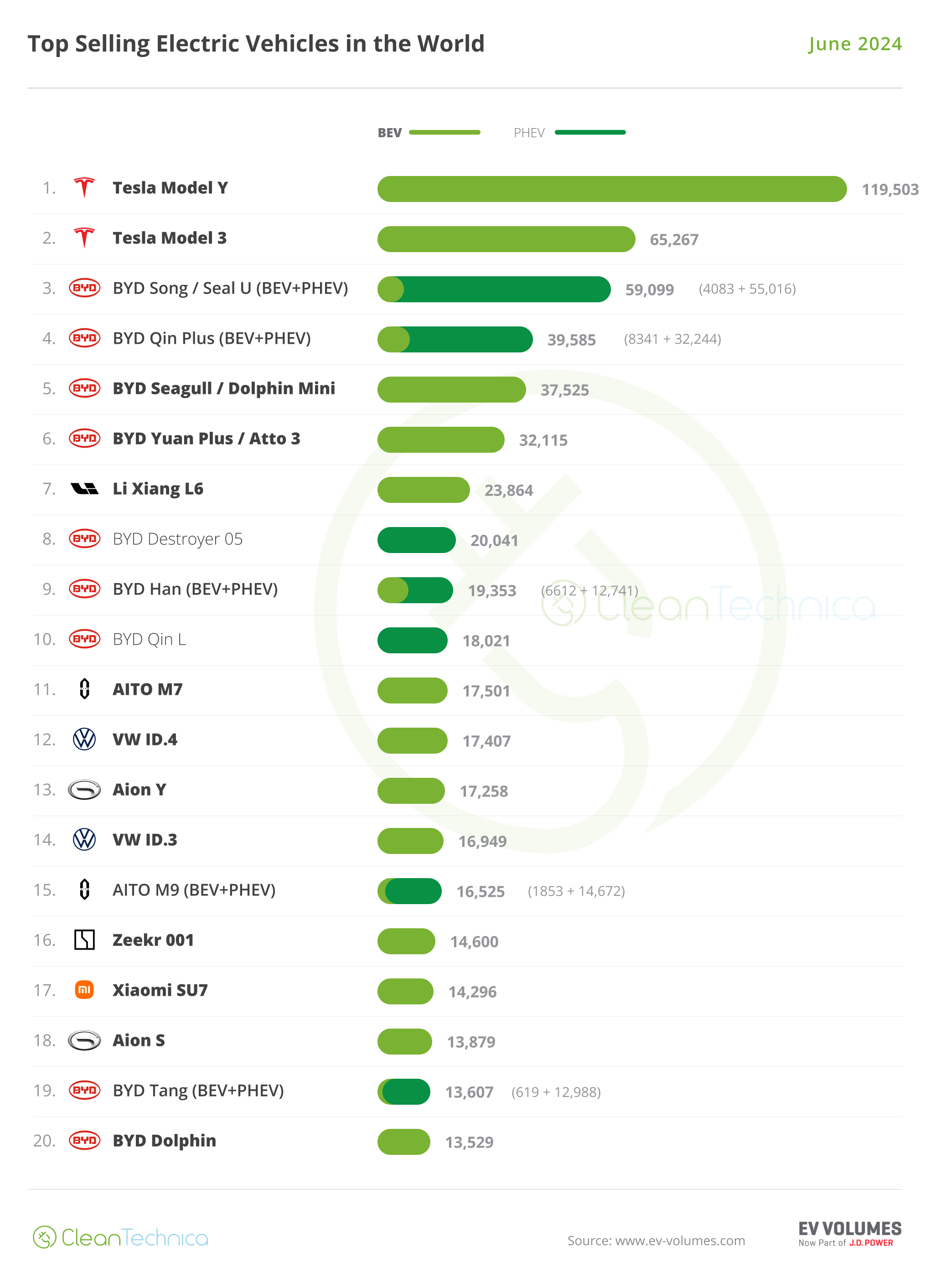In today’s unpredictable economic landscape, investors are often faced with the challenge of navigating market uncertainties. Precious metals, including gold, silver, platinum, and palladium, have long been considered safe-haven assets during times of economic turbulence. This article will delve into how economic uncertainty affects the performance of precious metal stocks and provide strategies for investors to navigate such market conditions. Drawing insights from credible sources and historical trends, we aim to equip investors with valuable information to make informed decisions.
The Relationship between Precious Metals and Economic Indicators:
Precious metals are known to exhibit unique relationships with economic indicators, making them an attractive investment option during times of economic uncertainty. Some key factors to consider are:
a. Inflation and Currency Devaluation:
When the economy faces inflationary pressures or currency devaluation, precious metals tend to hold their value or even appreciate. Investors turn to these metals as a hedge against the erosion of purchasing power.
b. Interest Rates and Monetary Policy:
Lower interest rates and expansionary monetary policies often increase the appeal of precious metals as alternative investments, as they typically offer lower or even negative real yields. Conversely, rising interest rates may diminish the demand for these assets.
Historical Trends and Performance:
Examining historical trends can provide insights into how precious metal stocks have performed during economic uncertainties. Notable events, such as the global financial crisis of 2008, the COVID-19 pandemic, and geopolitical tensions, have influenced the performance of precious metal stocks.
a. During the financial crisis of 2008, when equities plummeted, gold prices surged as investors sought safe-haven assets.
b. The COVID-19 pandemic also witnessed a surge in precious metal prices due to economic uncertainties and increased demand for safe-haven investments.
Strategies for Investors:
When navigating economic uncertainties, investors can employ several strategies to manage risk and potentially benefit from precious metal stocks:
a. Diversification:
Diversifying investment portfolios by including a portion of precious metal stocks can help reduce risk. By combining assets with varying risk profiles, investors may mitigate potential losses during market downturns.
b. Dollar-Cost Averaging:
Investors can adopt a dollar-cost averaging strategy by regularly investing a fixed amount in precious metal stocks over time. This approach helps smooth out market volatility and reduces the risk of making untimely investment decisions.
c. Research and Analysis:
Thorough research and analysis of specific precious metal stocks, including company financials, management strength, and industry outlook, can provide investors with a better understanding of individual investment opportunities. Staying informed about market trends and news is also crucial.
d. Risk Management:
Implementing risk management techniques, such as setting stop-loss orders or using trailing stop orders, can help protect investments in case of sudden market downturns. It is essential to establish risk tolerance and adhere to a disciplined approach.
Conclusion:
In times of economic uncertainty, precious metal stocks have demonstrated their value as a potential safe-haven investment. Understanding the relationship between economic indicators and precious metals, analyzing historical trends, and adopting appropriate investment strategies can empower investors to navigate market uncertainties. It is advisable to consult with financial professionals and conduct thorough research to align investment decisions with individual goals and risk profiles. By incorporating precious metal stocks strategically within a diversified portfolio, investors may enhance their ability to weather economic storms and potentially capitalize on market opportunities.




